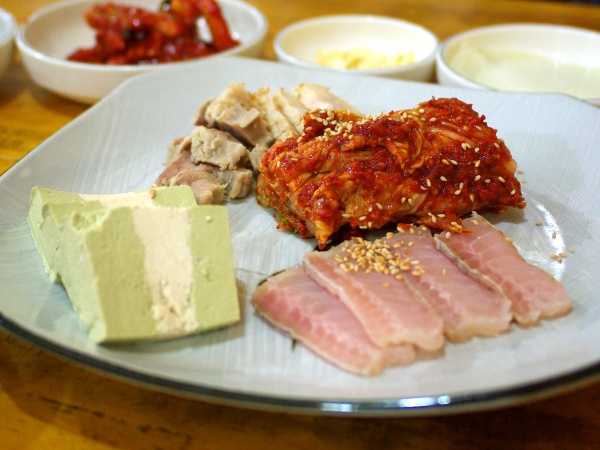Facts About Hongeo-hoe
Hongeo-hoe is a distinctive fermented fish dish from Korea's Jeolla province, traditionally made using skate fish. It is renowned (or notorious) for its strong ammonia-like odor, which some liken to the smell of an outhouse. This distinctive smell arises from the way skates excrete uric acid through their skin. During the fermentation process, this acid transforms into ammonia, which not only preserves the fish but also imparts that unforgettable scent.
The origins of hongeo-hoe trace back to the 14th century during the Goryeo dynasty, when Korean fishermen discovered that fermenting skate meat helped preserve it. Traditionally, skates were caught locally, especially around Heuksando Island. Nowadays, however, many producers use imported skate, often sourced from Chile.
Various methods exist for fermenting the skate. The traditional approach involves storing the fish in compost or straw piles, while contemporary practices may use refrigeration to achieve similar results. Once the fermentation process is complete, the fish is sliced and packaged, ready for distribution.
Hongeo-hoe is typically served in small, sashimi-style pieces and eaten raw. It is commonly enjoyed plain or with accompaniments such as bossam (boiled pork), kimchi, or a glass of makgeolli (Korean rice wine) to balance its robust flavor. A popular combination of hongeo-hoe with bossam and kimchi is known as hongeo samhap.

 North Korea
North Korea